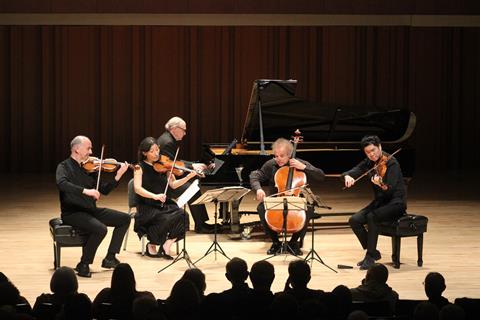
Discover more Featured Stories like this in The Strad Playing Hub
This year, the Takács Quartet celebrates its 50th anniversary with global tours, new commissions, and another opportunity to savour their artistry on disc. Their latest album — made in collaboration with a favourite partner, keyboard phenomenon Marc-André Hamelin — continues the ensemble’s commitment to expanding the chamber music repertoire by championing female composers.
Florence Price takes the spotlight in a pairing of her Piano Quintet in A minor (1936) with Antonín Dvořák’s ever-popular A major Piano Quintet. Price’s score was among a trove of manuscripts discovered in an Illinois attic in 2009, more than 50 years after her death. The quintet reveals her singular voice: lyrical, structurally inventive and deeply rooted in African American musical traditions.
Early in his American residency as director of New York’s National Conservatory — founded by the visionary philanthropist Jeannette Thurber — Dvořák championed the idea that Black spirituals and Indigenous music held the key to an authentically American musical identity. Price’s quintet now finds powerful new life alongside Dvořák’s chamber masterwork — two pieces linked by a shared faith in the richness of American musical voices.
Takács violist Richard O’Neill shared some thoughts on the album.
What are some of the unique challenges and rewards for a string quartet in playing Florence Price’s Piano Quintet?
Richard O’Neill: The Price Quintet is a new discovery for us. We enjoyed very much the process of learning the work. From a string perspective, Price is often very tuneful which is always a positive. Transitional material and how things develop throughout each of the movements were perhaps the biggest challenge, making shape and sense of the first movement, and also getting the last movement to feel like the culmination of the piece even though it is the shortest movement in length. The inner movements have fun things for all the string parts.
How do the textures and colours of Price’s writing compare to Dvořák’s? Did anything about her string writing surprise you?
Richard O’Neill: As the violist of the quartet, I appreciate very much how Price gives quite a lot of the juicy material to the viola. The first violin writing is virtuosic and that is a delight. If it were a direct comparison to the Dvořák, Price does not take advantage of the cello as much as Dvořák – but it is hard to think of a piano quintet that gives such prominence to the cello as the Dvořák.
You’ve played Dvořák’s Piano Quintet many, many times. Did revisiting it in the context of Price’s work give you a fresh perspective on this familiar friend?
Richard O’Neill: Most definitely. There are interesting parallels – the Price and Dvořák both sharing slow and soulful slow movements (second), jubilant dance movements (third) and rambunctious finales (fourth). Price was a virtuoso pianist, and the piano writing was thrilling to hear (from a string player’s perspective).
This is your fifth recording with Marc-André Hamelin. What makes this collaboration so special? How has your dynamic evolved over the years?
Richard O’Neill: Marc-André is a friend and we have enjoyed very much working with him over the years. Not only is he one of the most gifted pianists that we know, he is also a formidable composer, and this perspective – compositional – was extremely helpful with the recording process for this project. It has been a lot of fun to work with Marc-André on such diverse repertoire as Shostakovich, Franck, Schumann and Dohnányi!
Any interesting observations about the rehearsal process for this album? Were there any interpretative decisions that required extra discussion?
I must say that Marc-André’s perspective as a composer was really meaningful during this process because he understood things that were incredibly helpful when we were learning the piece. His expert and facile playing also made easy work of many of the challenging piano licks.
What do you hope this recording brings to audiences – especially when it comes to shining a light on Florence Price’s chamber music?
Richard O’Neill: During the performances that preceded this recording, there were so many friends and audience members who came up to us and said how much they enjoyed the Price Quintet. It is a work that deserves to be heard and it was a privilege to get to record it for Hyperion and Marc-André. Especially in the context of what Dvořák believed about the future of music in America, I feel that the pairing of the two works on this disc helps highlight and differentiate each piece’s unique character.
Dvořák & Price: Piano Quintets by Takács Quartet and Marc-André Hamelin is out now on Hyperion Records.
In The Best of Technique you’ll discover the top playing tips of the world’s leading string players and teachers. It’s packed full of exercises for students, plus examples from the standard repertoire to show you how to integrate the technique into your playing.
The Strad’s Masterclass series brings together the finest string players with some of the greatest string works ever written. Always one of our most popular sections, Masterclass has been an invaluable aid to aspiring soloists, chamber musicians and string teachers since the 1990s.
The Canada Council of the Arts’ Musical Instrument Bank is 40 years old in 2025. This year’s calendar celebrates some its treasures, including four instruments by Antonio Stradivari and priceless works by Montagnana, Gagliano, Pressenda and David Tecchler.



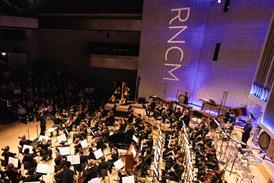

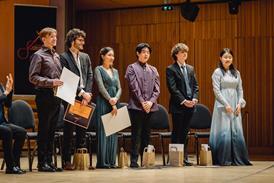
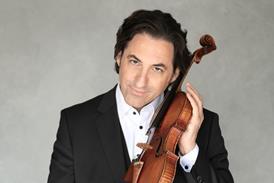
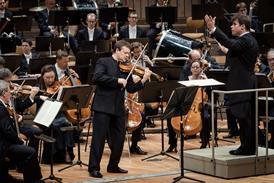


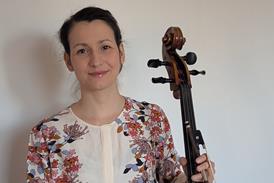
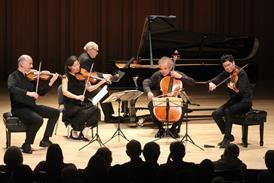
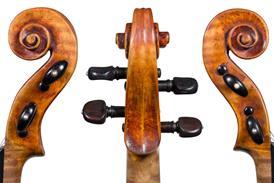
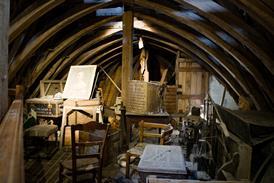
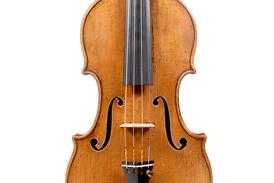



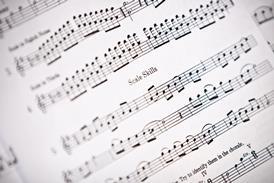
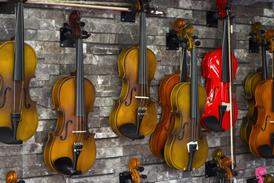
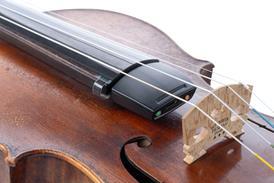
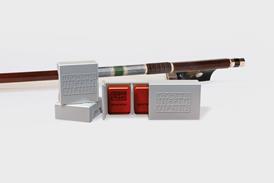
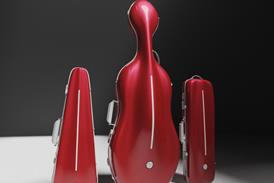

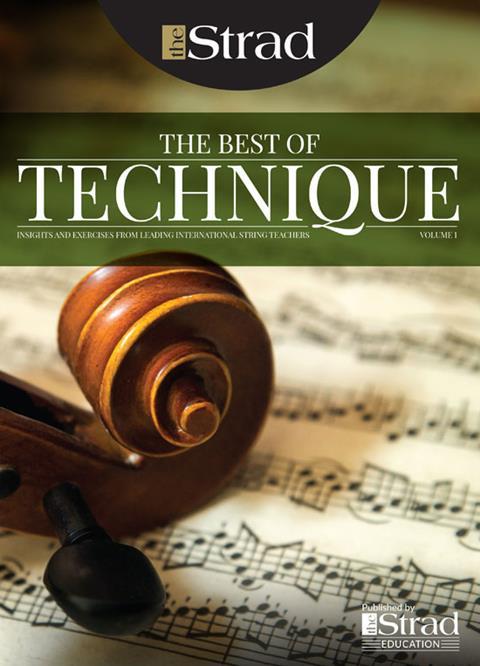
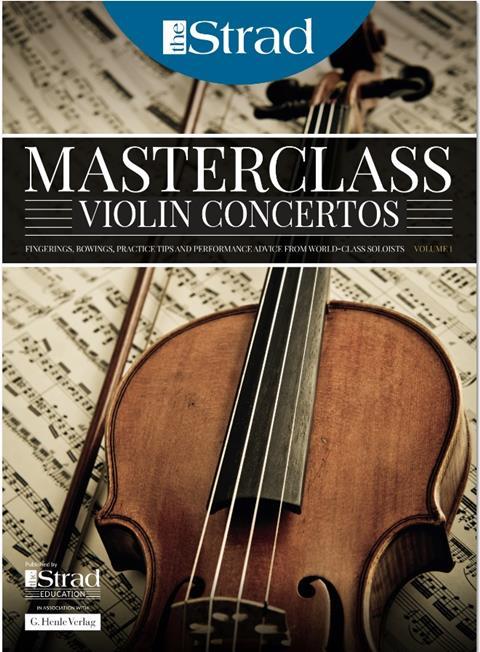
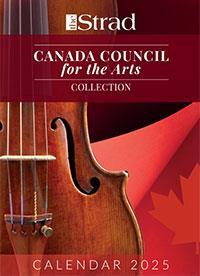












No comments yet